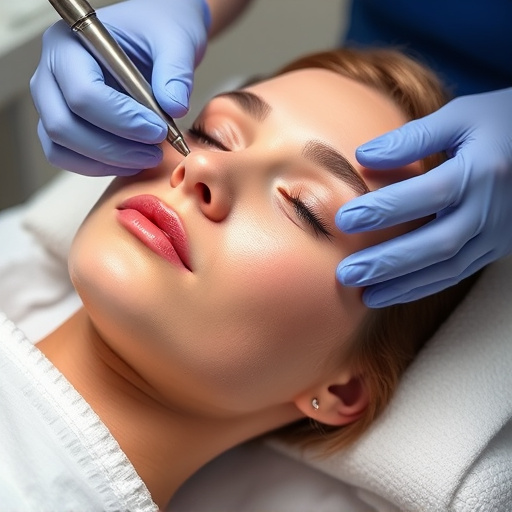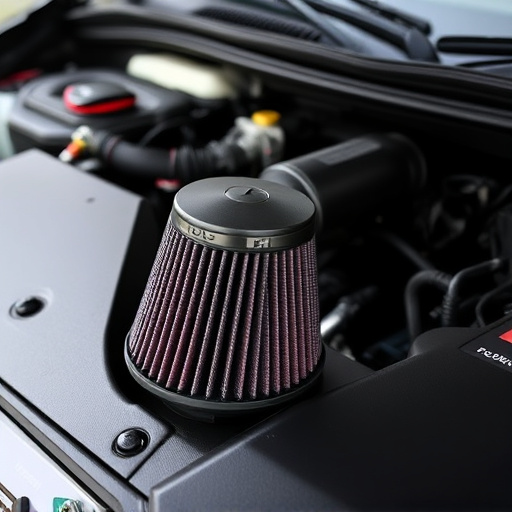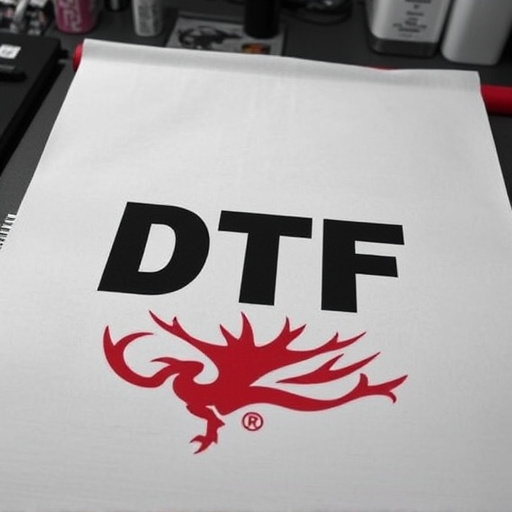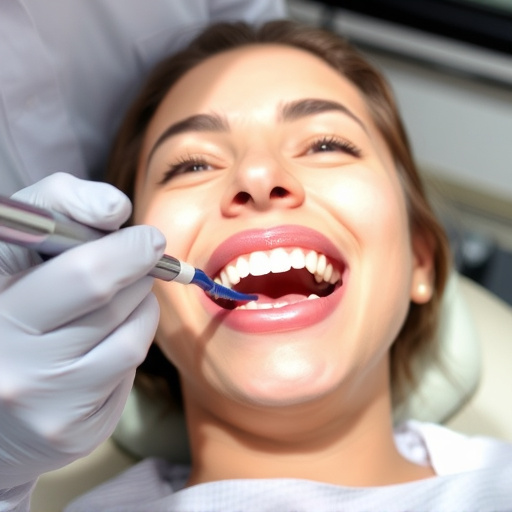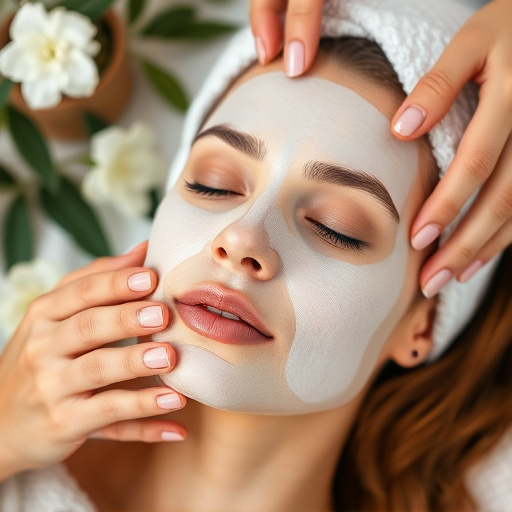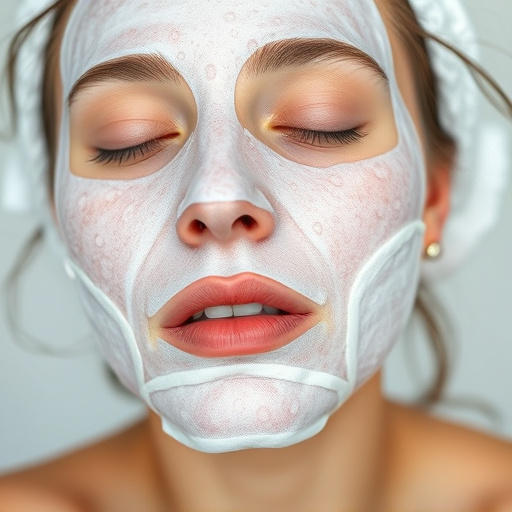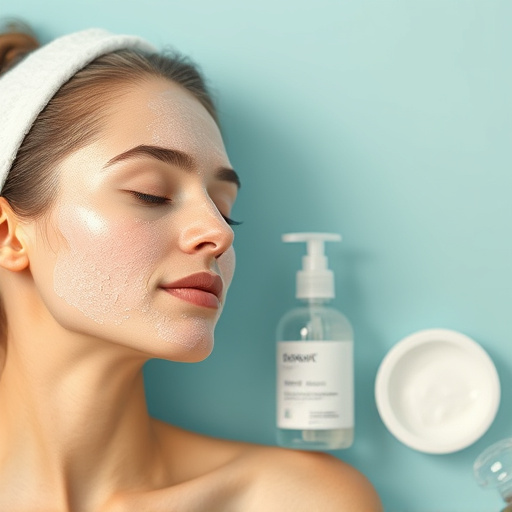Spider veins may indicate deeper vascular issues, caused by aging, genetics, obesity, sedentary lifestyles, and medical conditions. Non-invasive treatments like laser therapy, RF ablation, and micro-needling offer minimal downtime, reduced discomfort, and effective results for leg appearance improvement. Expert advice and personalized tailored treatments from vascular specialists are crucial. Lifestyle changes including compression stockings and exercise are recommended as preventive measures or complementary therapies.
Spider veins, those unsightly web-like markings on your skin, are a common concern. This article guides you through understanding and addressing this condition with expert advice. We delve into the causes and risk factors of spider veins, explore non-invasive treatment options, and offer recommendations from vascular specialists to help you choose the best procedure for effective and lasting results in spider vein treatment.
- Understanding Spider Veins: Causes and Risk Factors
- Non-Invasive Treatment Options: A Comprehensive Overview
- Expert Recommendations: Choosing the Right Procedure
Understanding Spider Veins: Causes and Risk Factors
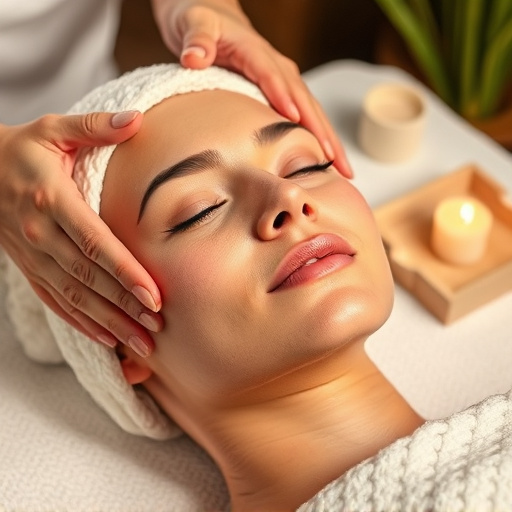
Spider veins, those delicate, visible network-like lines beneath the skin’s surface, are a common concern for many. While they may appear merely as cosmetic issues, professional skincare experts view them as potential indicators of underlying vascular problems. Understanding their causes and risk factors is crucial when considering spider vein treatment options.
Several factors contribute to the development of spider veins. The most prevalent causes include aging, where the skin’s elasticity decreases, making vessels more susceptible to damage; genetics, playing a significant role in determining one’s predisposition to varicose and spider veins; obesity, putting increased pressure on the legs’ circulatory system; and prolonged sitting or standing, which impairs blood flow. Additionally, certain conditions like hormone fluctuations, pregnancy, or existing circulation disorders can elevate the risk of developing these unsightly vessels.
Non-Invasive Treatment Options: A Comprehensive Overview

Non-invasive treatments have emerged as a popular choice for those seeking to address spider veins effectively without surgery. These advanced procedures offer a range of benefits, including minimal downtime and reduced discomfort compared to traditional methods. One such option is laser therapy, which targets the affected vessels with precise light energy, causing them to collapse and fade over time. This method is often recommended for its ability to treat larger spider veins and improve overall leg appearance.
Another less-invasive approach is radiofrequency (RF) ablation, where a small device delivers controlled RF energy to shrink the veins. This technique is particularly effective for deeper veins and can also stimulate collagen production, leading to improved skin texture and tone. Additionally, micro-needling is gaining popularity as a minimal-downtime option, creating tiny pricks in the skin to trigger a healing response, resulting in smoother, more refined skin alongside vein reduction. These non-invasive treatments provide vascular experts with versatile tools to offer personalized skincare solutions tailored to individual needs.
Expert Recommendations: Choosing the Right Procedure

When it comes to spider vein treatment, seeking expert advice is paramount. Vascular specialists are trained to diagnose and recommend the most suitable procedure for each individual’s needs. These professionals consider factors such as the severity of the condition, the patient’s medical history, and their aesthetic goals.
The right approach can vary widely, from non-surgical treatments like sclerotherapy, which injects a solution to close off problematic veins, to more advanced procedures like laser hair removal, which targets the root cause of unsightly veins by destroying hair follicles. Customized facials are another option, offering both cosmetic benefits and improved blood circulation. Experts may also suggest lifestyle changes, such as compression stockings or regular exercise, as a first line of defense against spider veins and to complement more invasive methods.
When it comes to effective spider vein treatment, seeking expert advice is pivotal. Understanding your options and choosing the right procedure are essential steps towards achieving clear legs and enhanced confidence. By delving into non-invasive treatments and considering professional recommendations, you can navigate this journey with ease and expect positive outcomes. Remember, advanced vascular care and specialized expertise make it possible to bid farewell to unsightly spider veins once and for all.




